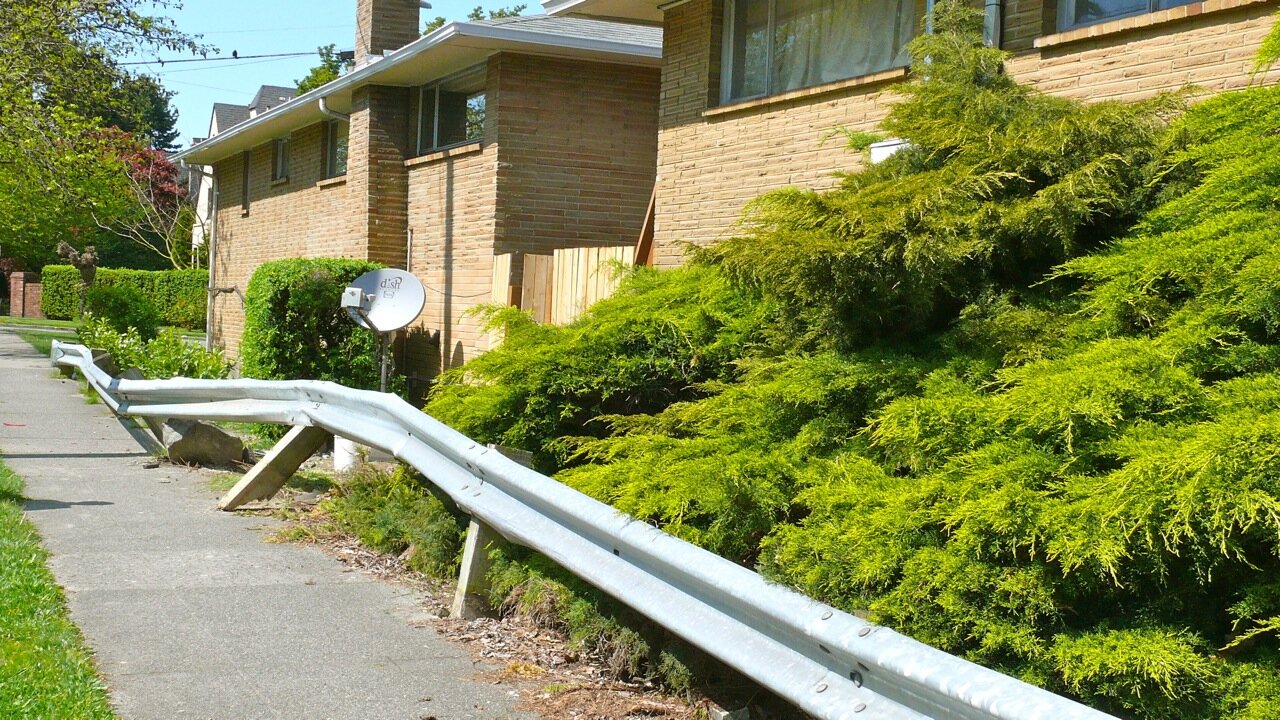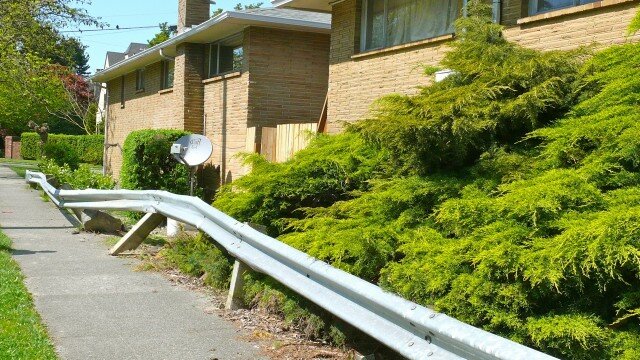The University of Washington is requesting $12 million from the U.S. Department of the Transportation’s TIGER program to upgrade the 1.8 miles of the Burke-Gilman Trail that skirt its campus. Because fewer than four percent of TIGER applicants receive funding — from a pool of $473 million this year — the UW is asking trail users and supporters to publicly sign on in support of the project. (Last year, Seattle received $14 million in TIGER funds for the Mercer Street project.)
Studies of the trail’s current usage rate it “very poor” or “failing,” and not simply because of the cracks and heaves in the pavement. Since 2012, the UW notes, the trail has had to (or will have to) accommodate traffic from the Alder and Elm residence halls, Children’s Hospital and University Village expansions, and the completion of Husky Stadium, along with the Hec Edmundson Pedestrian Bridge. 2016 brings an even larger impact, with the opening of the Stadium light rail station. Pedestrian use may almost double, while bicycle usage is projected to soar beyond even that.
The UW isn’t planning a simple resurfacing. It wants to rethink the trail, which historically has been stitched together in segments of different widths and materials, as a unit. The plan (pdf) is to separate pedestrians and cyclists: pedestrians will walk on a concrete path, while bicycles will be ridden on asphalt. (Joggers will still have gravel shoulders for their use.) Crosswalks would use painted sections to continue the trail’s pedestrian- and bicycle-path distinctions.
Intersections and crossings of the trail will be pruned back, so that people only enter the trail in “mixing areas” — keeping the unwary stroller from blithely stepping in front of a weekend peloton. At one of the more dangerous intersections, where Pend Oreille Road NE crosses into campus from Montlake Boulevard NE, the trail would become an underpass instead. And the trail would clearly ask for more consistent behavior from pedestrians and cyclists each time it meets a road, as opposed to the ad hoc mix of stop lights, stop signs, yield signs, and unsigned crosswalks in place now.
There’d also be non-metaphorical pruning of the vegetation and trees, to prevent further root incursions once the new path is laid down. Benches would be added alongside the trail, along with more bike racks. Lights would keep the trail bright during the fall and winter afternoons.

